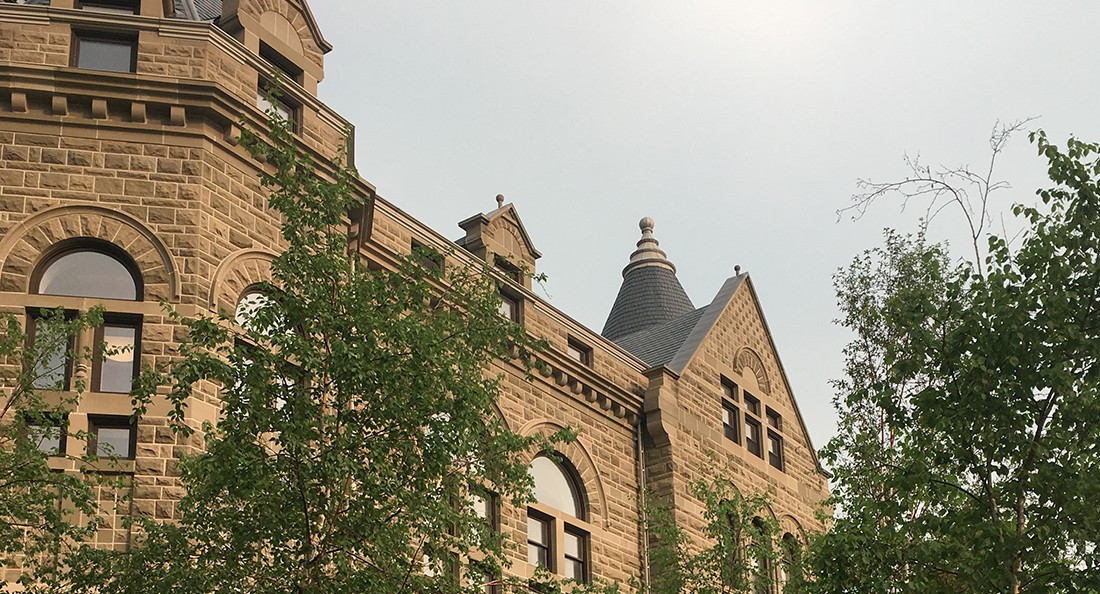Writing in the summertime
One poet’s advice for kickstarting creativity
Green leaves are growing back, the city is bubbling with activity, there are more jovial faces on the streets, and there is no need to layer up, because it is nice out! How about channeling all those summer vibes into a place poem or an ekphrastic poem?
A place poem is one that talks about or is set in a particular place, while an ekphrastic poem is one that describes a particular view or artwork. They are similar but not quite the same. Why write a place or an ekphrastic poem? Depending on a writer’s personality type, creativity could be at its peak in the summer. The liveliness in the air and those sunny, beautiful moments might be missed come winter. Also, there are more outdoor activities, where one could get a sample of different moods and people. This could stir up certain creative ideas.
There are a number of ideas that come to mind when a place poem is mentioned. The most common is outdoor scenery, where passersby can be a poem’s real characters, and the setting can be described in the moment, instead of being imagined. In this type of writing, the process may feel more real, since every sensation is felt, and every detail can be secured, because the writer is in the moment where everything is simultaneously taking place.
This kind of exposure can be quite challenging, because one is surrounded by a lot of details and action. The challenge is the ability to connect everything observed so that they make sense to the reader, and so that they can truly picture the scenery through the writer’s eyes.
Art is everywhere, and ekphrastic poems can be birthed from any artwork. However, museums, art galleries and universities are good places to get inspiration for an ekphrastic poem. Taking time to carefully go through the artworks in these places can be quite fun. Also, writing an ekphrastic poem in these places could be more comfortable than sitting outside for an indoor person.
Another interesting fact about ekphrastic poems is that they can be inspired by one’s own artwork or photographs. If the writer is an artist or they love taking pictures, this could favour them, because they can describe their motivation or inspiration to go with the artwork or photographs. A whole storyline could originate from this method of writing.
For instance, an international student photographer who took a picture of the University of Winnipeg could write a poem that elaborates on their concerns about the further increase in tuition fees in the 2019/2020 academic session.
If the photograph has an international student subject, the poet could write using the subject’s mood to create a voice for the poem. If the subject is holding an empty wallet or one with their home country’s currency, which often has a lower value than Canadian money, the poet could write about how this impacts the subject’s payment of fees, or how they will have to work more hours at the expense of their studies to pay the fees.
An outing might birth an ekphrastic poem if any art piece inspires one. Creative ideas can also come from simple observation, and summer is a great time to watch and create.
Published in Volume 73, Number 25 of The Uniter (May 30, 2019)








